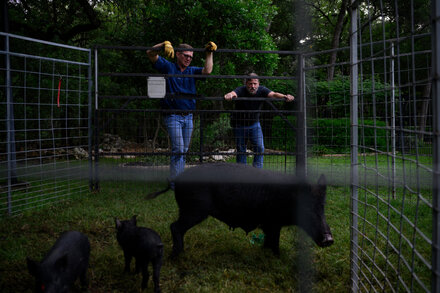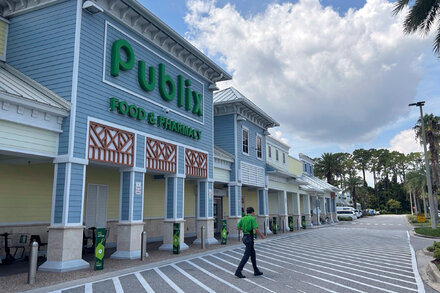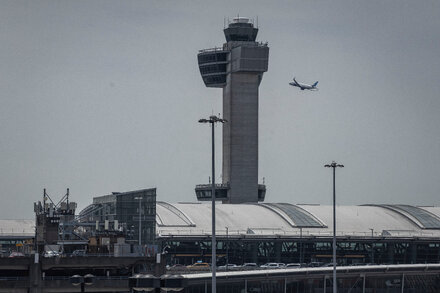A new visual presentation is drawing crucial attention to the escalating problem of feral hogs. This comprehensive slideshow will detail their pervasive impact, from ecological destruction to economic losses and public health risks.

A new visual presentation is drawing attention to the escalating issue of feral hogs, highlighting their pervasive impact across various landscapes. The forthcoming slideshow aims to provide a comprehensive look at the challenges posed by these invasive animals, from ecological destruction to economic losses and public health concerns.
Feral hogs, also known as wild pigs or wild boars, are an invasive species with a rapidly expanding population and geographical range. Descended from domestic pigs that escaped or were released, they have become a significant problem in numerous countries, particularly in the United States, where their presence is documented in over 35 states.
Ecological and Economic Devastation
The destructive behavior of feral hogs leads to billions of dollars in damage annually. Their rooting and wallowing habits decimate agricultural crops, pastures, and timberlands. Beyond direct damage to agriculture, their activities contribute to soil erosion, degrade water quality by disturbing riparian areas, and destroy critical habitats for native wildlife.
“Feral hogs represent a complex and escalating challenge for ecosystems and agriculture across many regions,” stated Dr. Sarah Chen, a wildlife ecologist specializing in invasive species management. “Their prolific breeding and destructive foraging habits necessitate a multi-faceted approach to management and control to mitigate their widespread damage.”
Environmental impacts extend to native plant species, which are uprooted and consumed, and to sensitive ecosystems like wetlands and prairies. They also prey on vulnerable species, including ground-nesting birds, sea turtle eggs, and fawns, disrupting natural food webs.
Disease Vectors and Public Health Risks
Beyond environmental and economic damage, feral hogs are known carriers of numerous diseases that can affect livestock, pets, and even humans. These diseases include brucellosis, leptospirosis, salmonellosis, and pseudorabies. The potential for disease transmission poses a significant threat to agricultural economies and public health, complicating efforts to control their populations.
Challenges in Management and Control
Controlling feral hog populations is notoriously difficult due to their intelligence, adaptability, and high reproductive rates. A single sow can produce two litters of four to eight piglets each year, allowing populations to rebound quickly even after intensive control efforts. Common management strategies include trapping, aerial gunning, hunting, and the development of species-specific toxicants, though each method presents its own set of challenges and ethical considerations.
Government agencies, agricultural organizations, and conservation groups are increasingly collaborating on strategies to manage and reduce feral hog numbers. The aim is to protect agricultural interests, restore ecological balance, and reduce disease transmission risks. Educational initiatives, like the forthcoming slideshow, are crucial for raising public awareness about the severity of the problem and encouraging participation in mitigation efforts.
As





